Budapest is known for its natural springs. There are 118 springs in the area pumping up over 70 million liters of thermal water per day and that’s why there are so many thermal baths here. They claim that the thermal baths, with its high concentration of minerals and salts, are good for different medical conditions, so perhaps this is why they are so popular. We spent an afternoon combining steam saunas with differently temperated baths and we loved it.
We also encountered a fake Transylvanian castle close by and ended up at the Heroe’s square in Budapest. The origin of the Hungarian people or the Magyars are very interesting. They are steppe people from central Asia and they found their way to Europe in the 10th century and settled here on a flatland surrounded by mountains. “Geography now” has made a short introduction to Hungary that we can highly recommend if you want to learn more about Hungary and its people.
Budapest är känt för sina naturliga källor. Det finns 118 källor i området som pumpar upp över 70 miljoner liter termiskt vatten per dag och det är därför det finns så många termiska bad här. De hävdar att de termiska baden, med hög koncentration av mineraler och salter, är bra för olika medicinska åkommor, så det är kanske därför baden är så populära här. Vi tillbringade en eftermiddag vid ett sådant bad där vi kombinerade ångbastur med olika tempererade bad och vi älskade det.
Vi hittade också ett falskt transsylvaniskt slott i närheten av badet och hamnade på Hjältarnas torg i Budapest. Ursprunget till det ungerska folket eller Magyars är mycket intressant. De är steppfolk från Centralasien och de hittade till Europa på 900-talet och bosatte sig i ett platt landskap omgiven av berg. “Geography Now” har gjort en kort introduktion till Ungern som vi kan rekommendera om du vill lära dig mer om Ungern och dess folk.

Experiencing one of the many thermal baths in Budapest felt like a must do thing for us. We decided to go to the largest medicinal bath in Europe, the Széchenyi thermal bath.
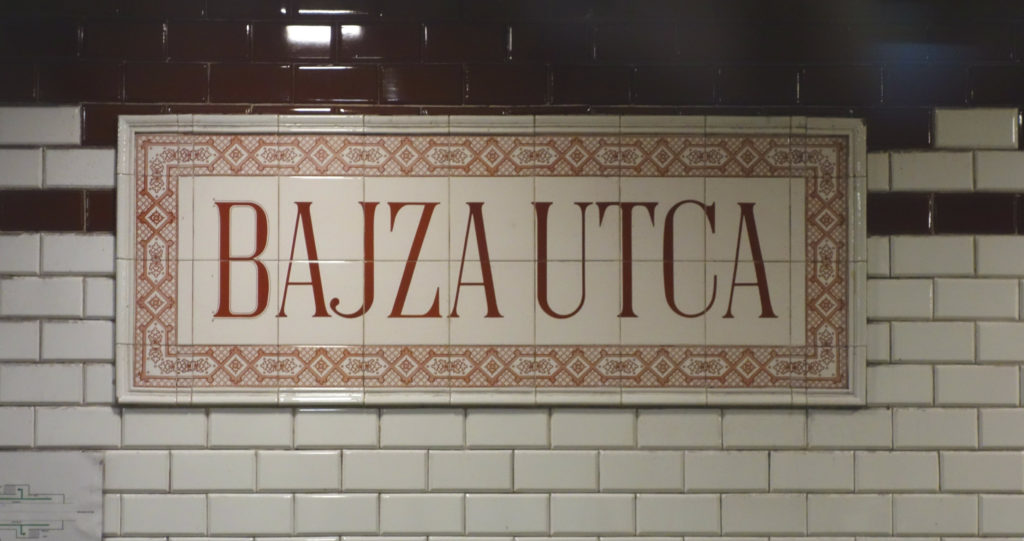
You can take the metro to this thermal baths and one of the metro stops we passed to get there had a really funny name if you can read Swedish (Bajsa means to poop in Swedish).

We must say that the public transportation system in Budapest is good. The city is stretched out in all directions, but it is easy to get around with a little bit of help from google maps. You can even travel to Mexikoi here, but we wanted to get off at Széchenyi fürdö.

Széchenyi thermal bath during an early autumn afternoon in 2017. The thermal baths opened its doors on 16 June 1913 and has since then expanded a bit and today you’ll find 3 outdoor and 15 indoor pools and 10 saunas inside this Neo-barouqe designed building.
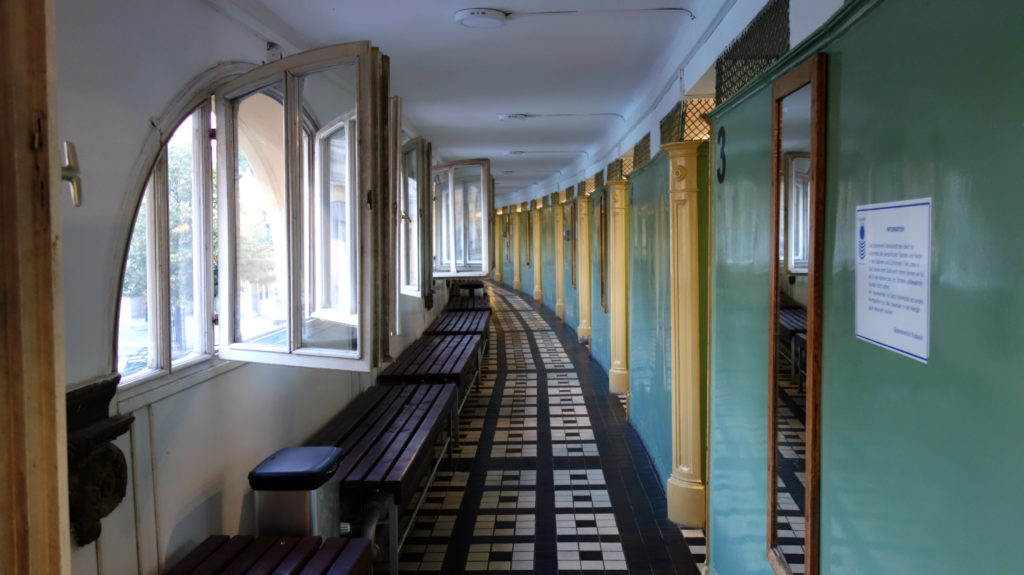
You can choose different types of changing rooms and of course pay different entrance fees depending on if you want a changing cabin or just a locker.

We chose a cabin to share.
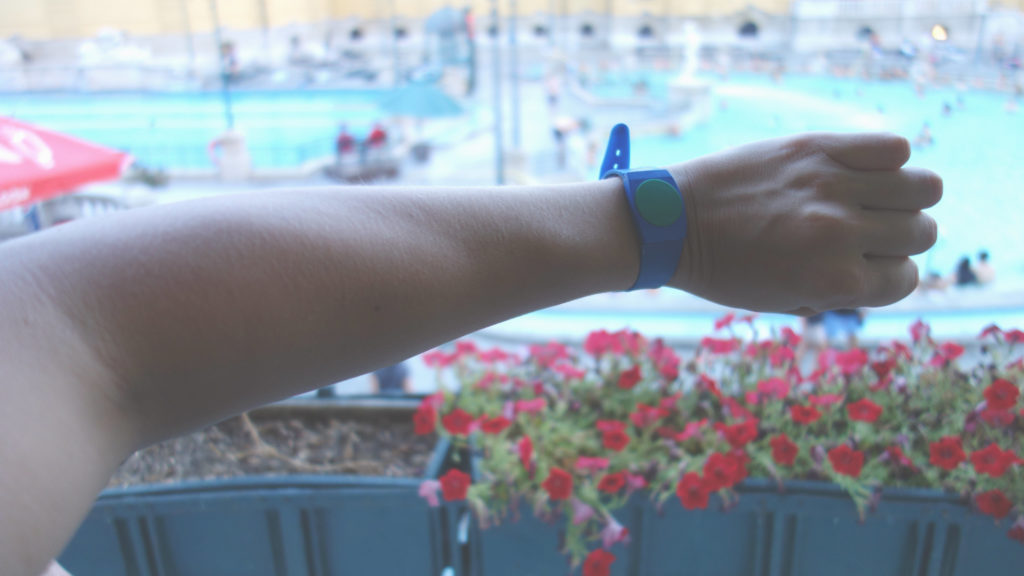
We’ve seen this clever electronic locking system both here in Hungary and in the Czech Republic.
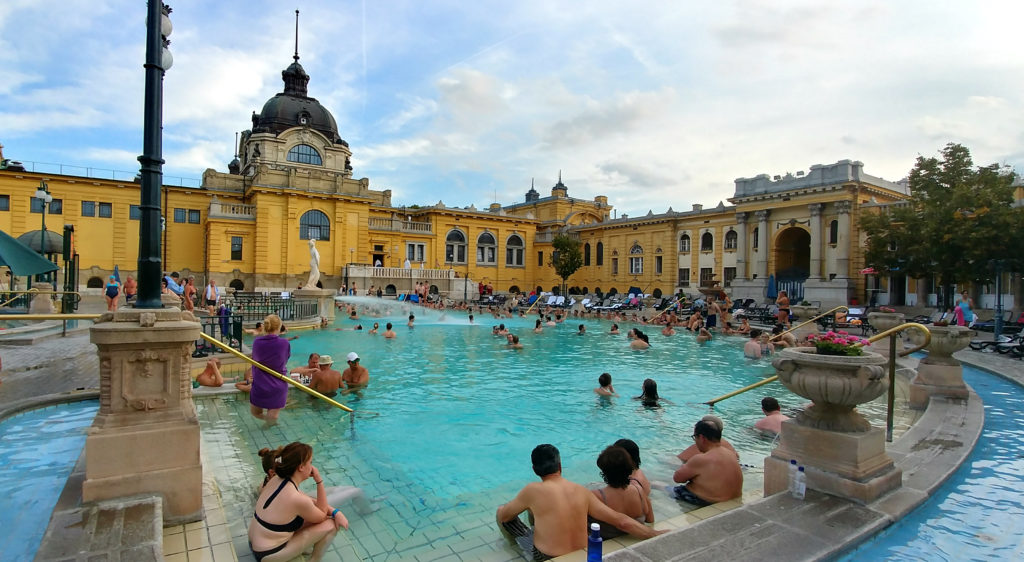
Then it was time to try all the pools and saunas they had to offer. Most of the thermal baths are located in the yellow part of the building opposite of the pool.
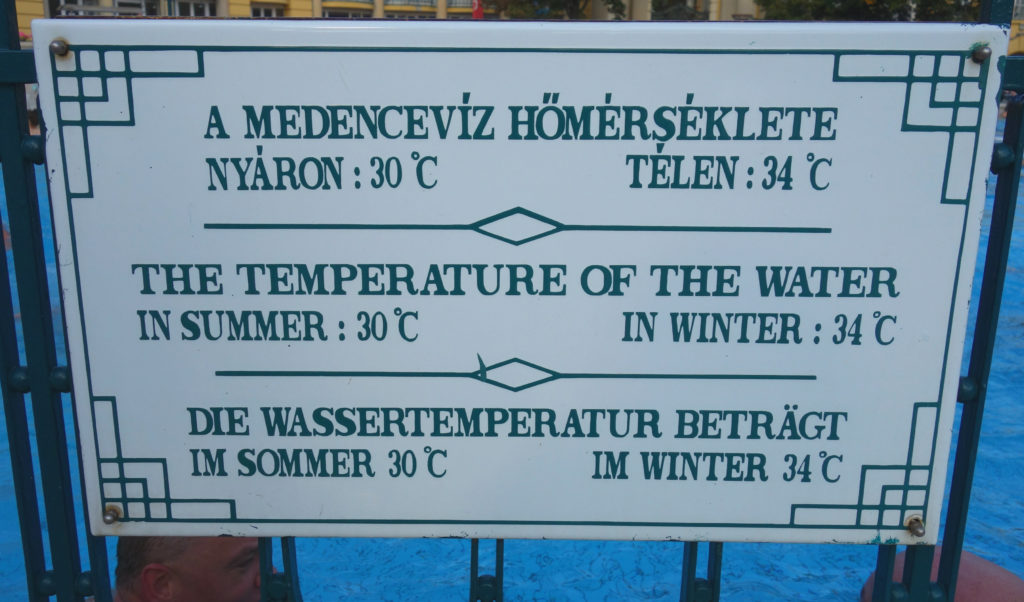
The water is heated by two wells that are over 1000 meter deep and the temperatures ranging from 18 degrees Celsius to 38 degrees. More pictures from this place can be found below.
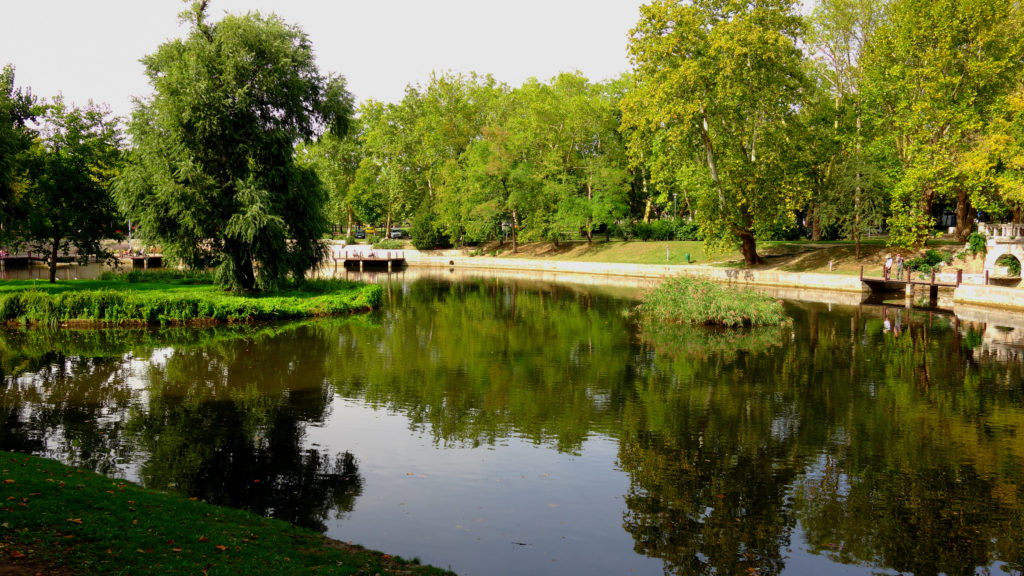
Széchenyi thermal bath are located in the City Park of Budapest.

Here we found a number of sculptures depicting (in)famous world politicians.
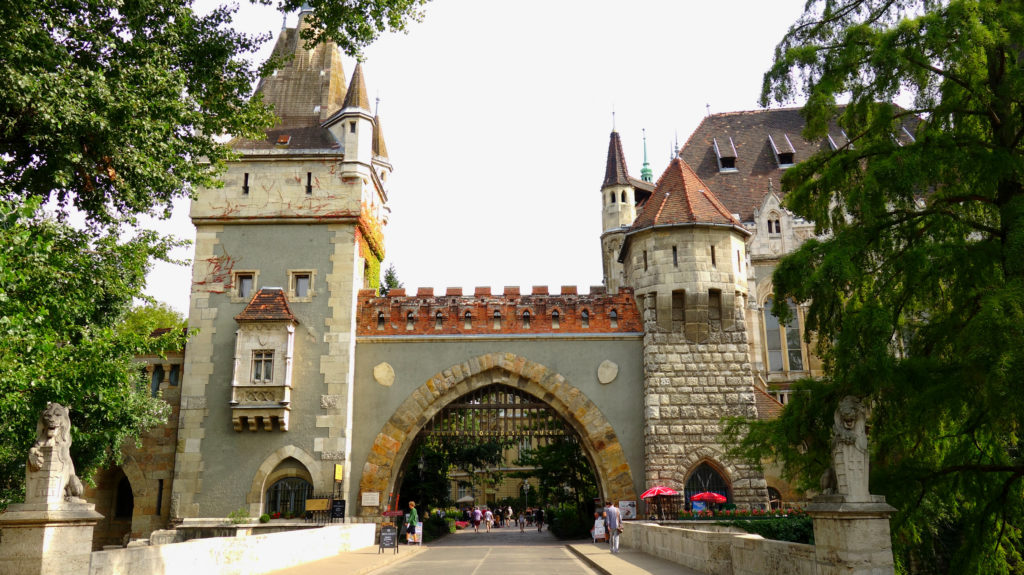
And we also found a real fake Transylvanian castle!
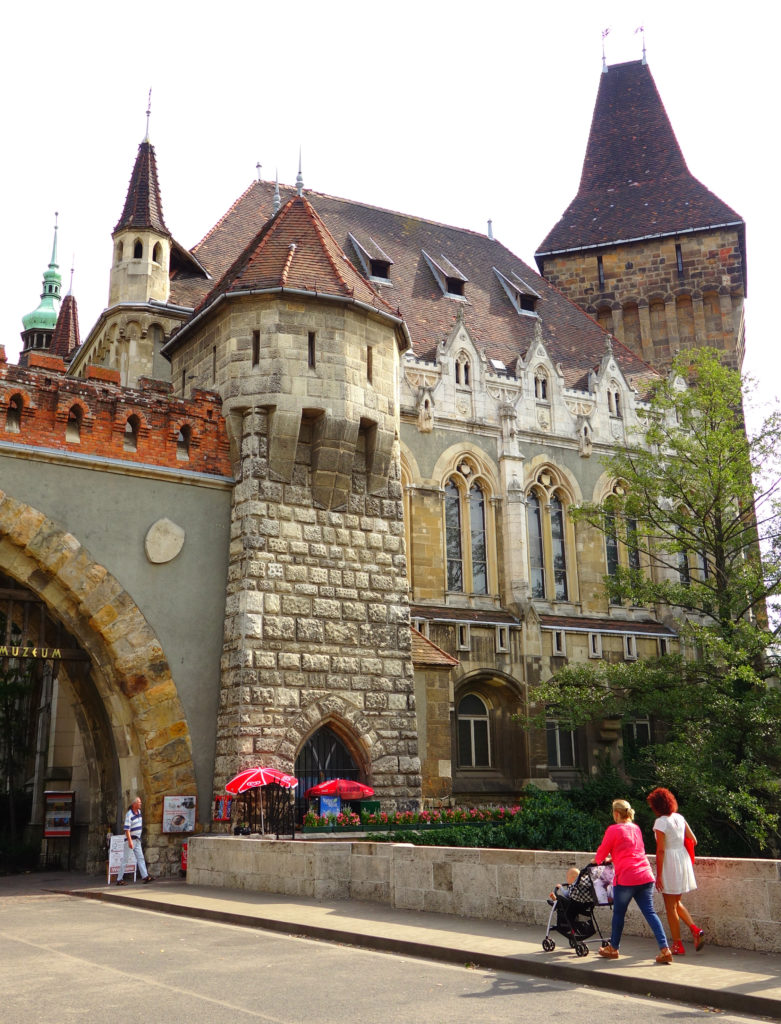
This castle, called the Vajdahunyad Castle, was designed by Ignác Alpár in 1896 and the castle was originally constructed out of just wood and cardboard. The intention of the cardboard castle was only to be a temporary exhibition to celebrate that it was one thousand years since the medieval Magyars first settled on the plains of Pannonia, the start of the Hungarian peoples existence in Europe. The attraction proved to be such a success and loved by the Hungarian people that a permanent structure was built in 1904.
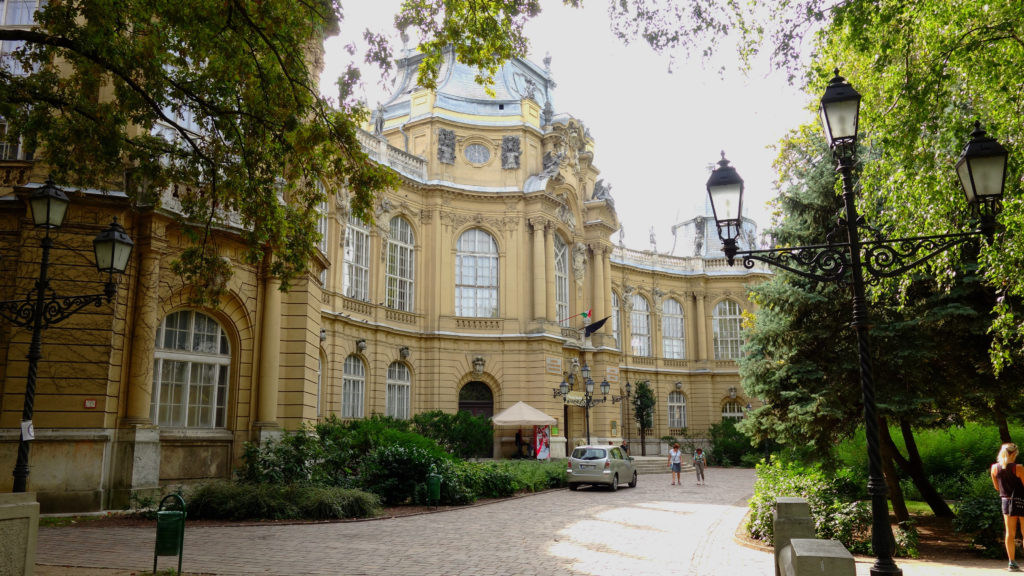
Nowadays, parts of the castle are housing the Hungarian Agricultural Museum. More Pictures of the city park and castle can be found below.
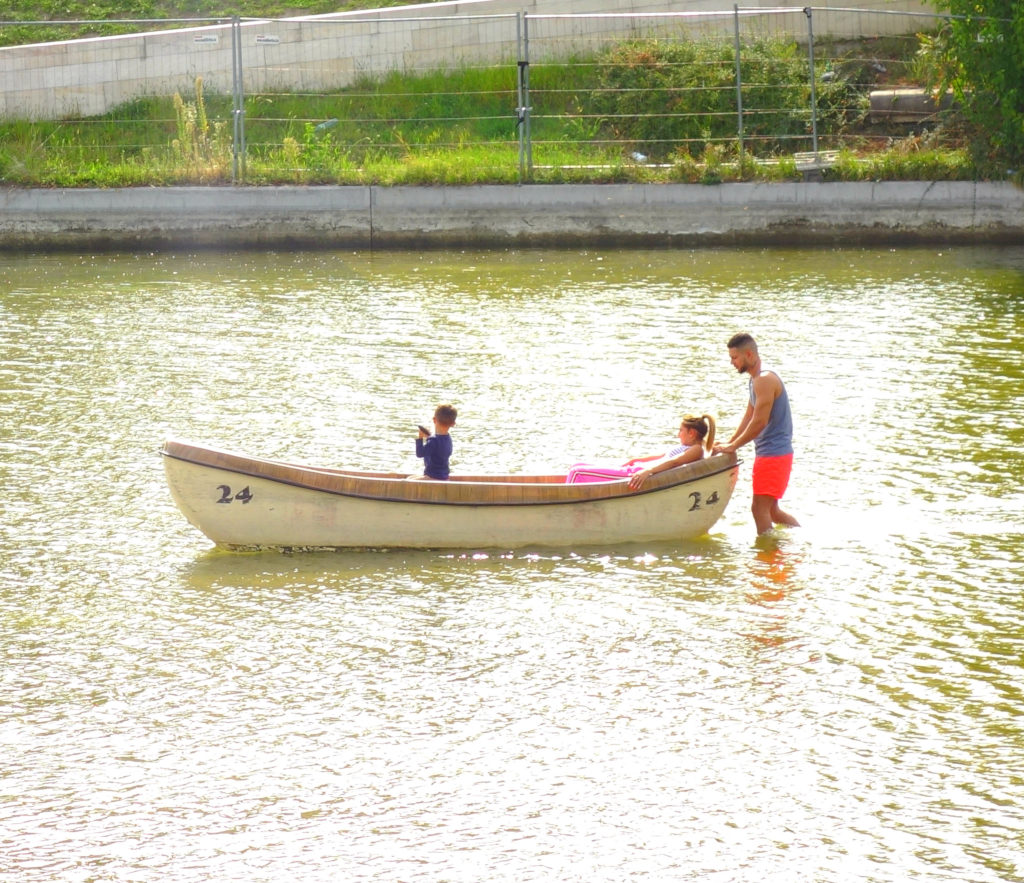
Between Vajdahunyad Castle and Hősök tere (The Heroes’ Square) lies a big pond, which is turned into an ice rink during the winter months. The ice rink opened in 1870 and is one of the oldest ice rinks in Europe, but is used by humans in, and next to, boats during the summer.
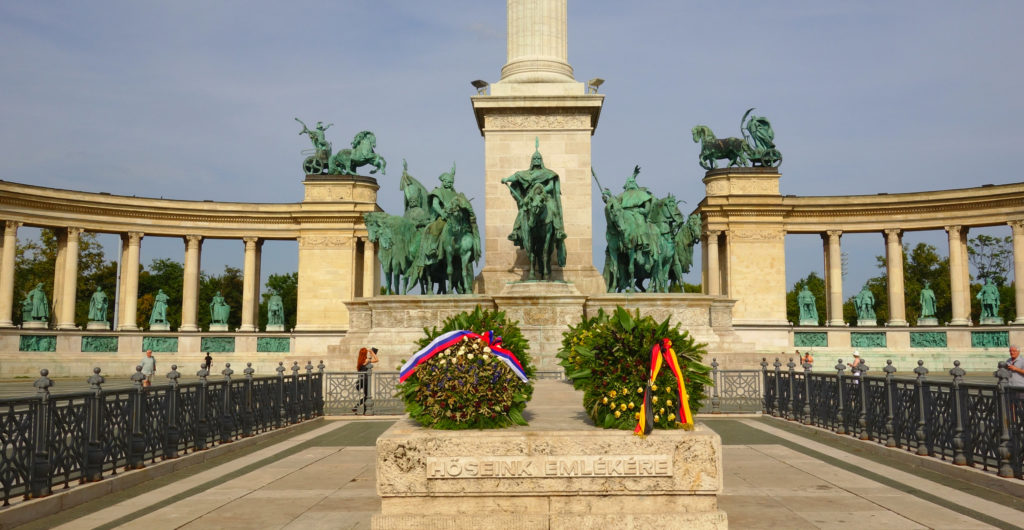
The millenial memorial monument at the Heroe’s square and the tomb of the unknown soldier.
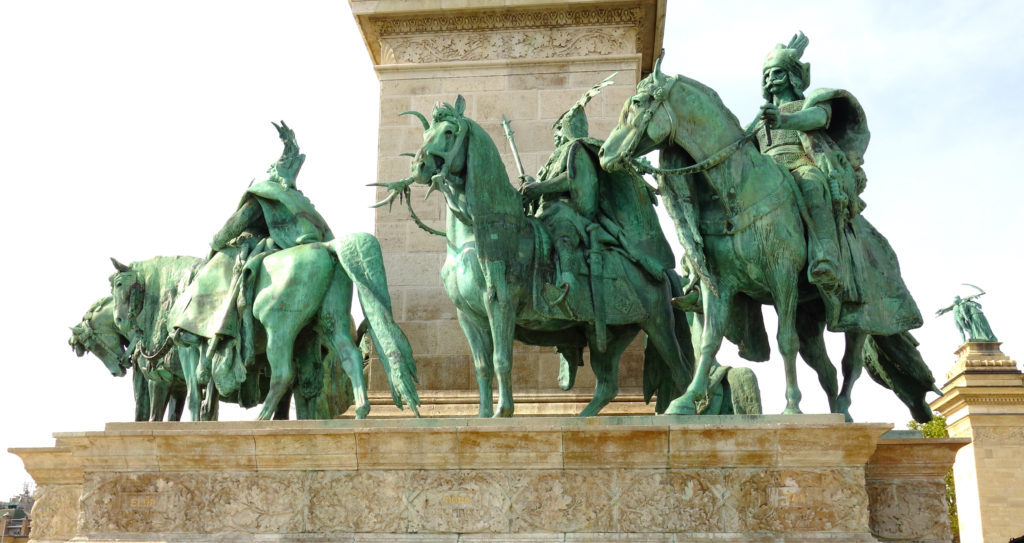
The column are flanked by the seven chieftains of the Magyars (Hungarians), which was the leaders of the seven tribes of the Magyars originally from the Ural mountains in Russia, who arrived to the Carpathian Basin in 895 AD (today’s Hungary).
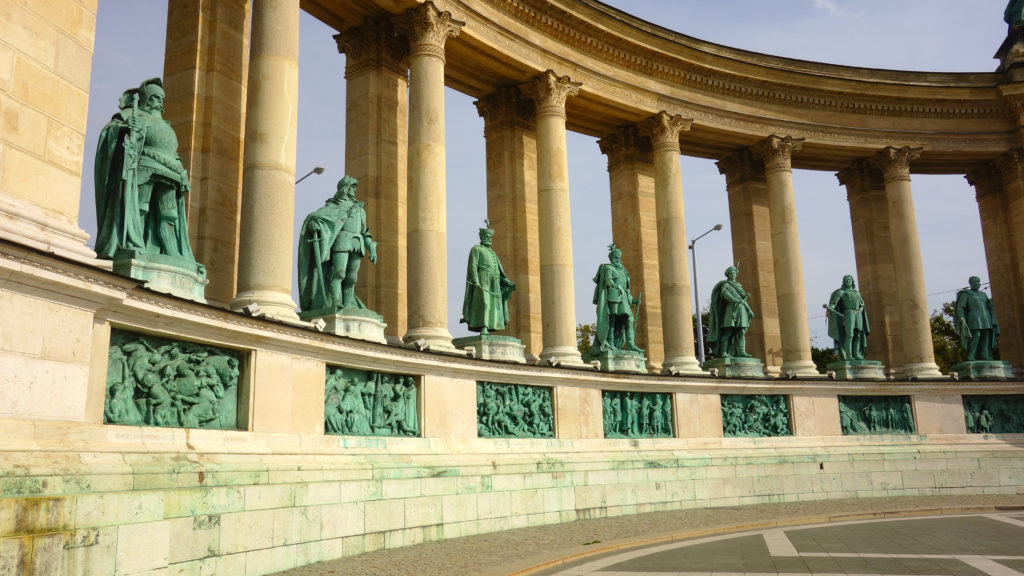
Two colonnades with statues from later leaders of Hungary surrounds the Heroe’s square.
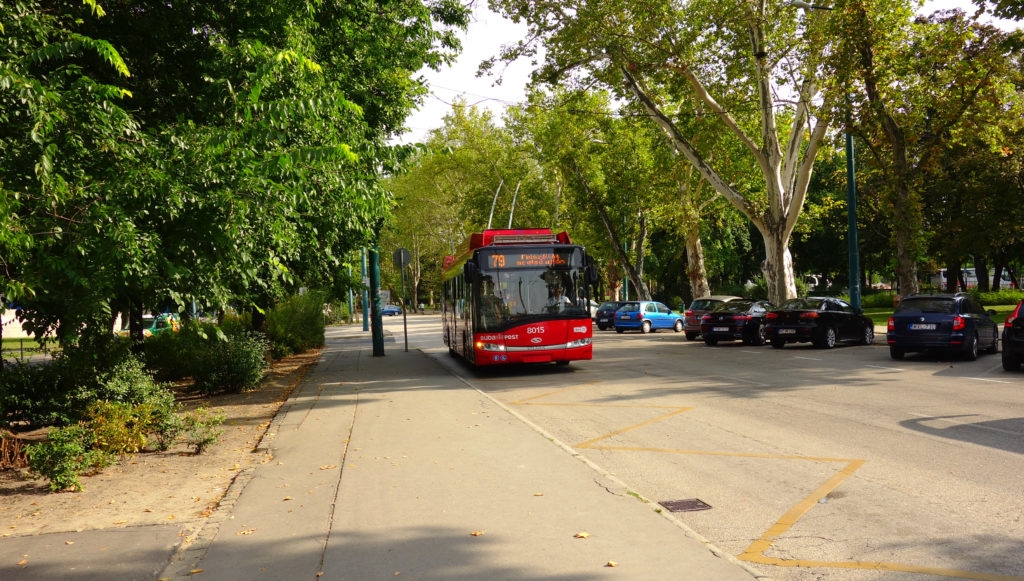
Then we continued our exploration of Budapest, that will be part three of Budapest, which will hopefully come soon.

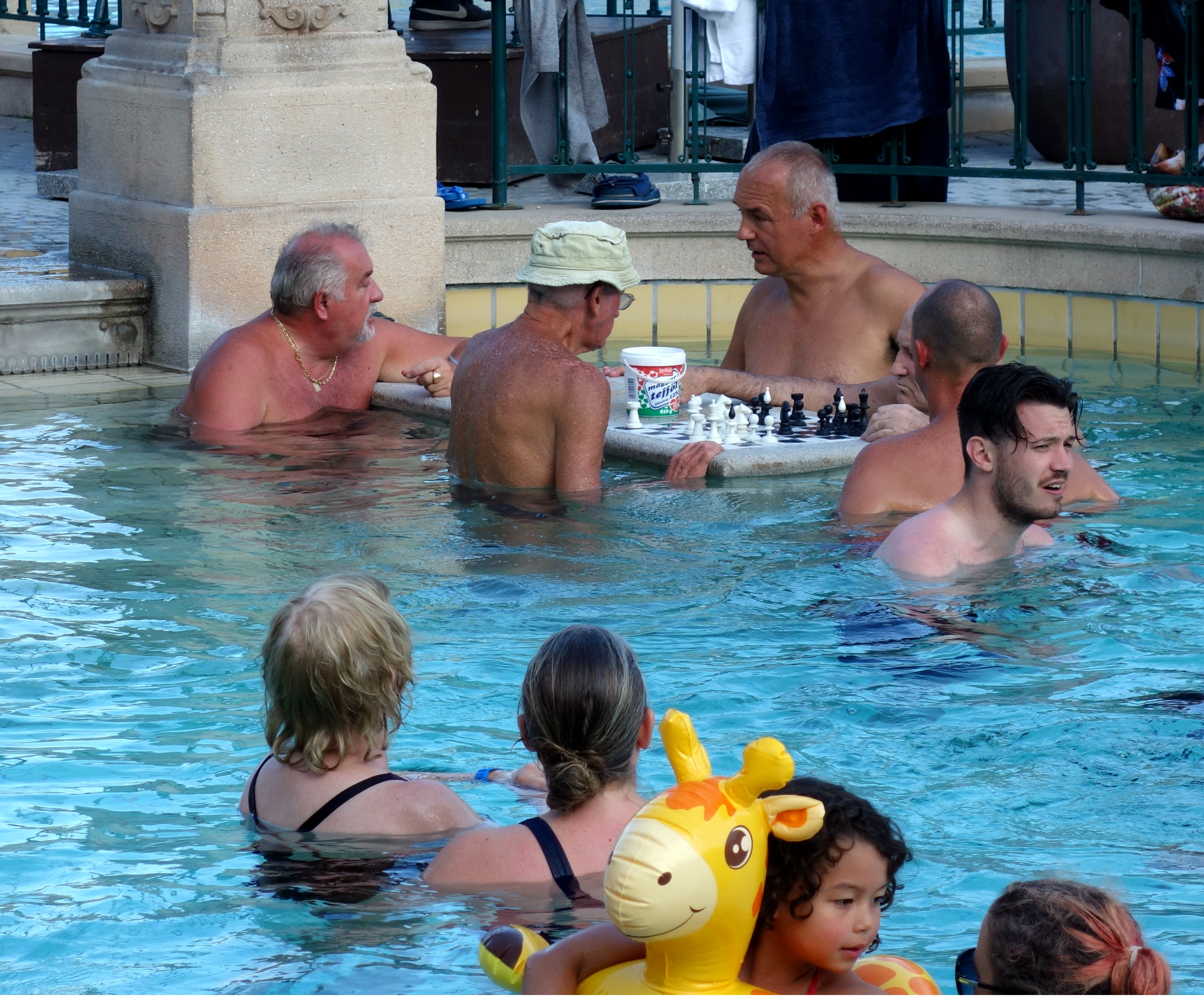
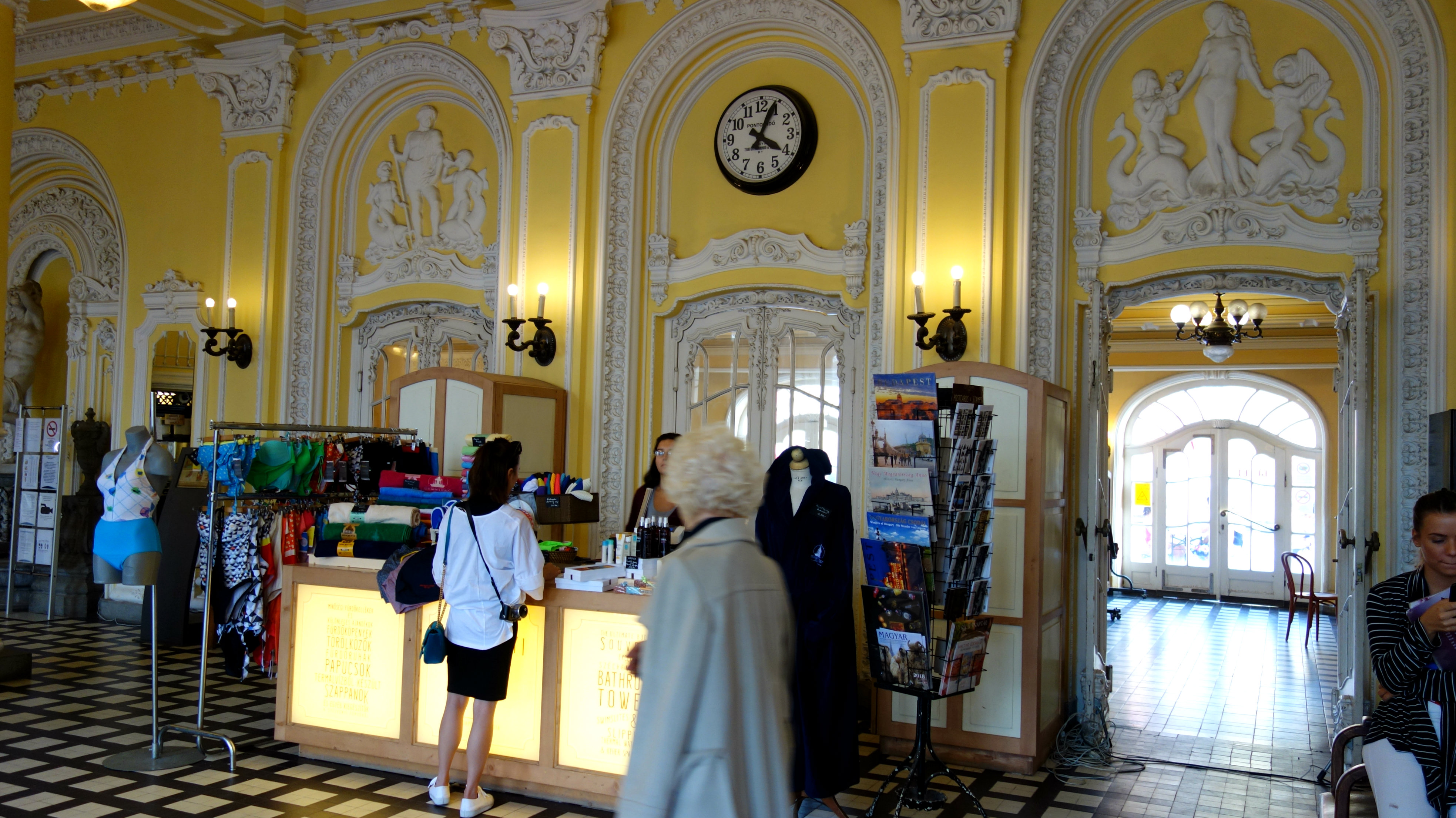

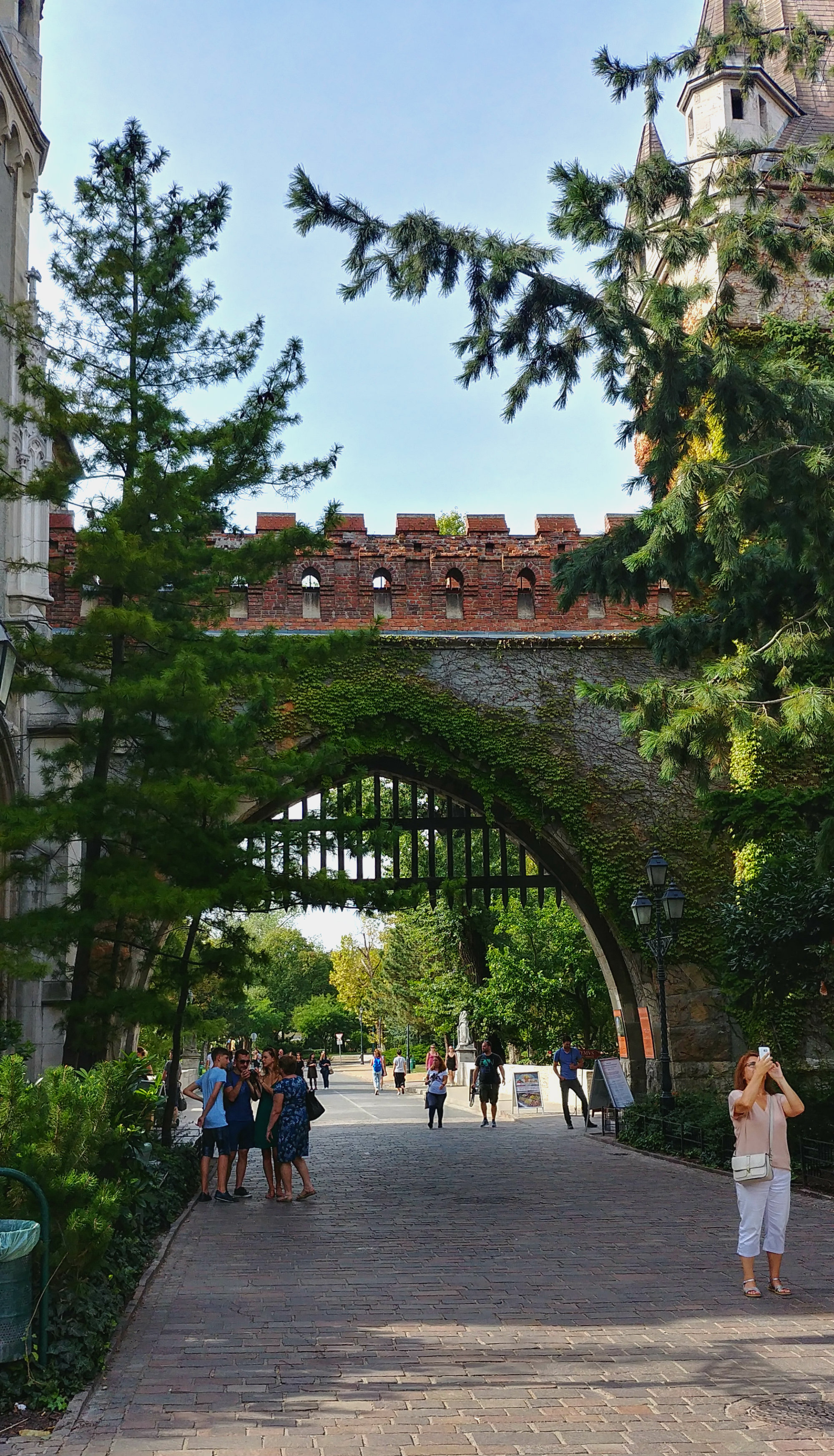
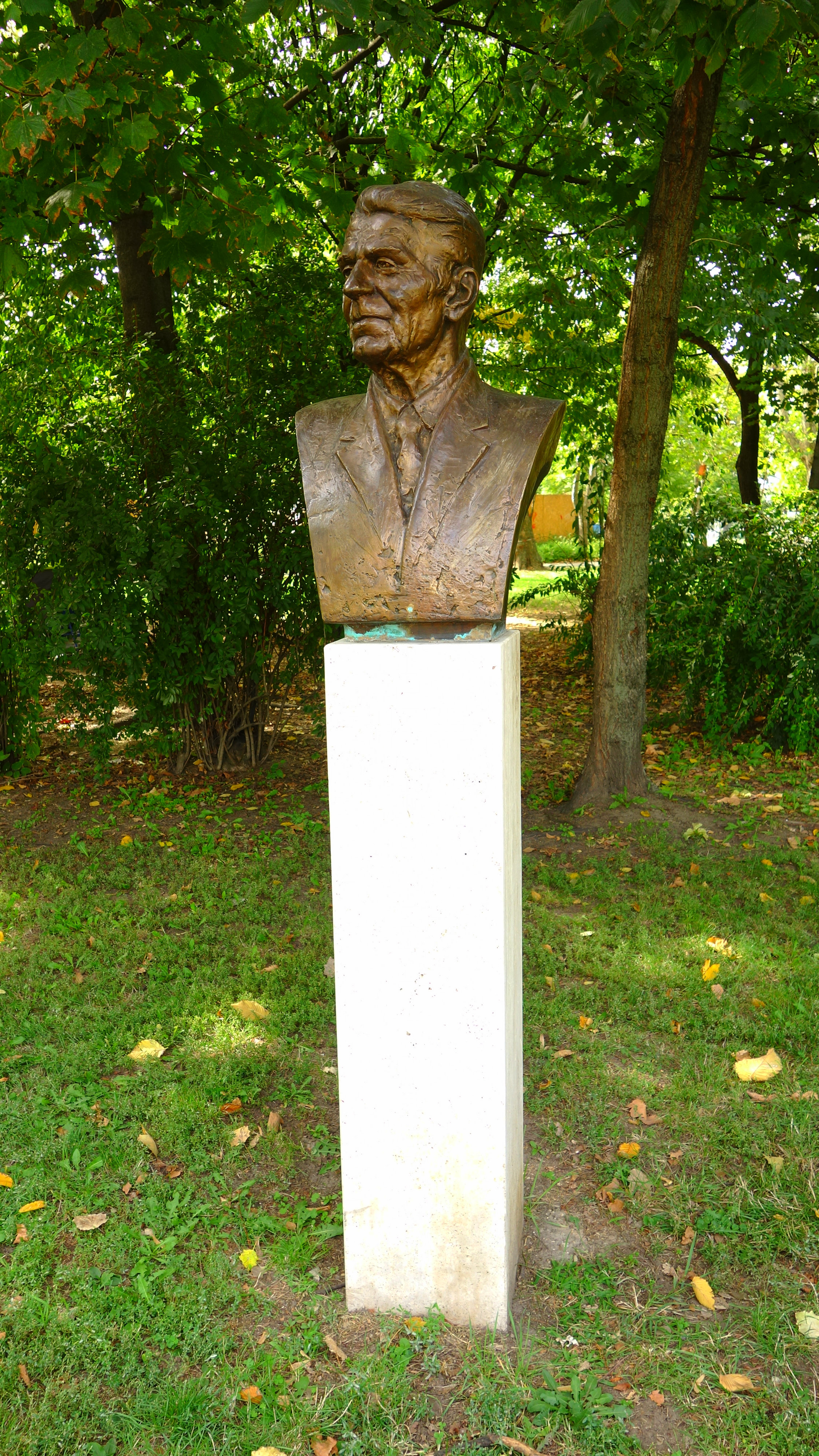
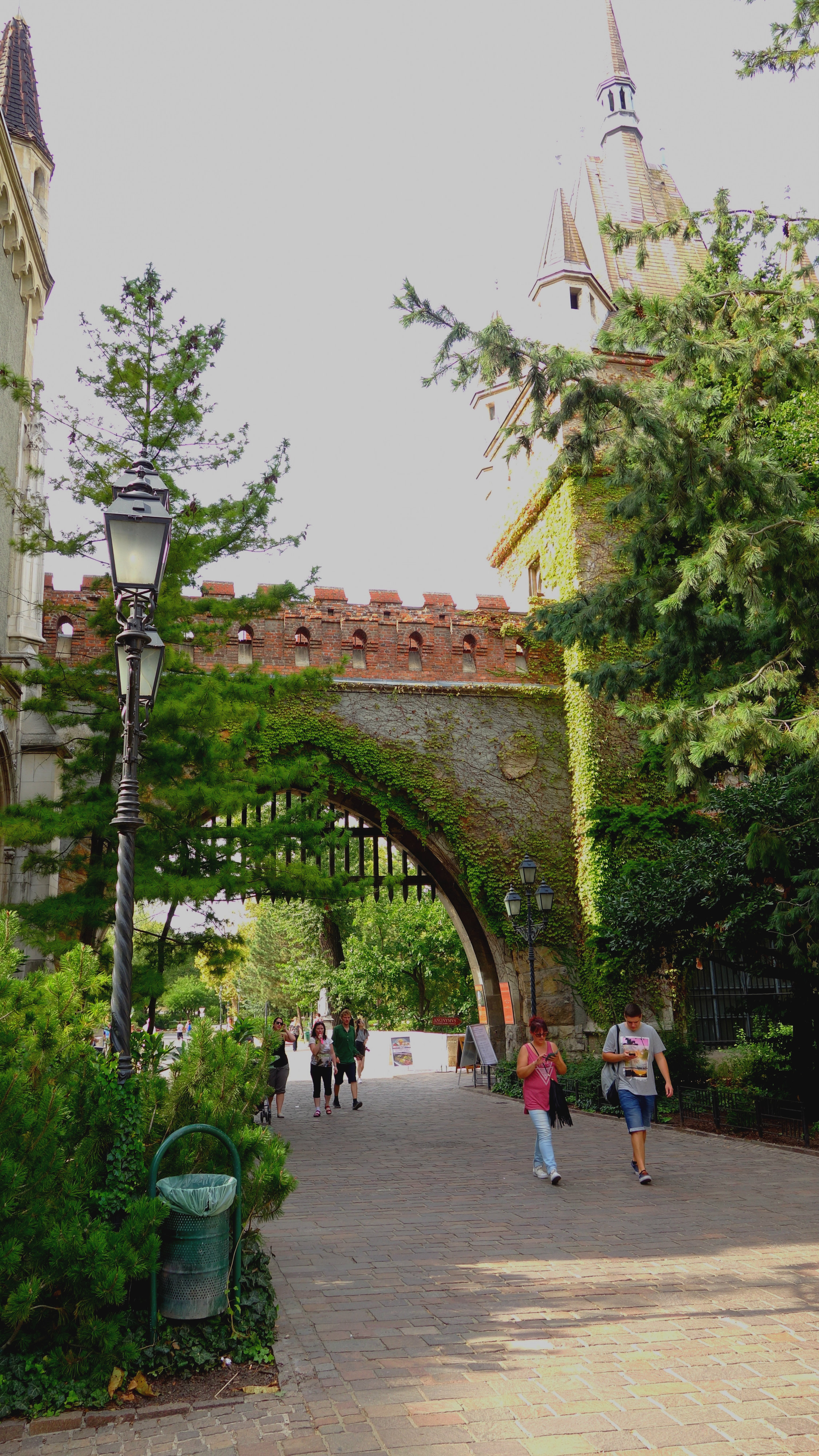

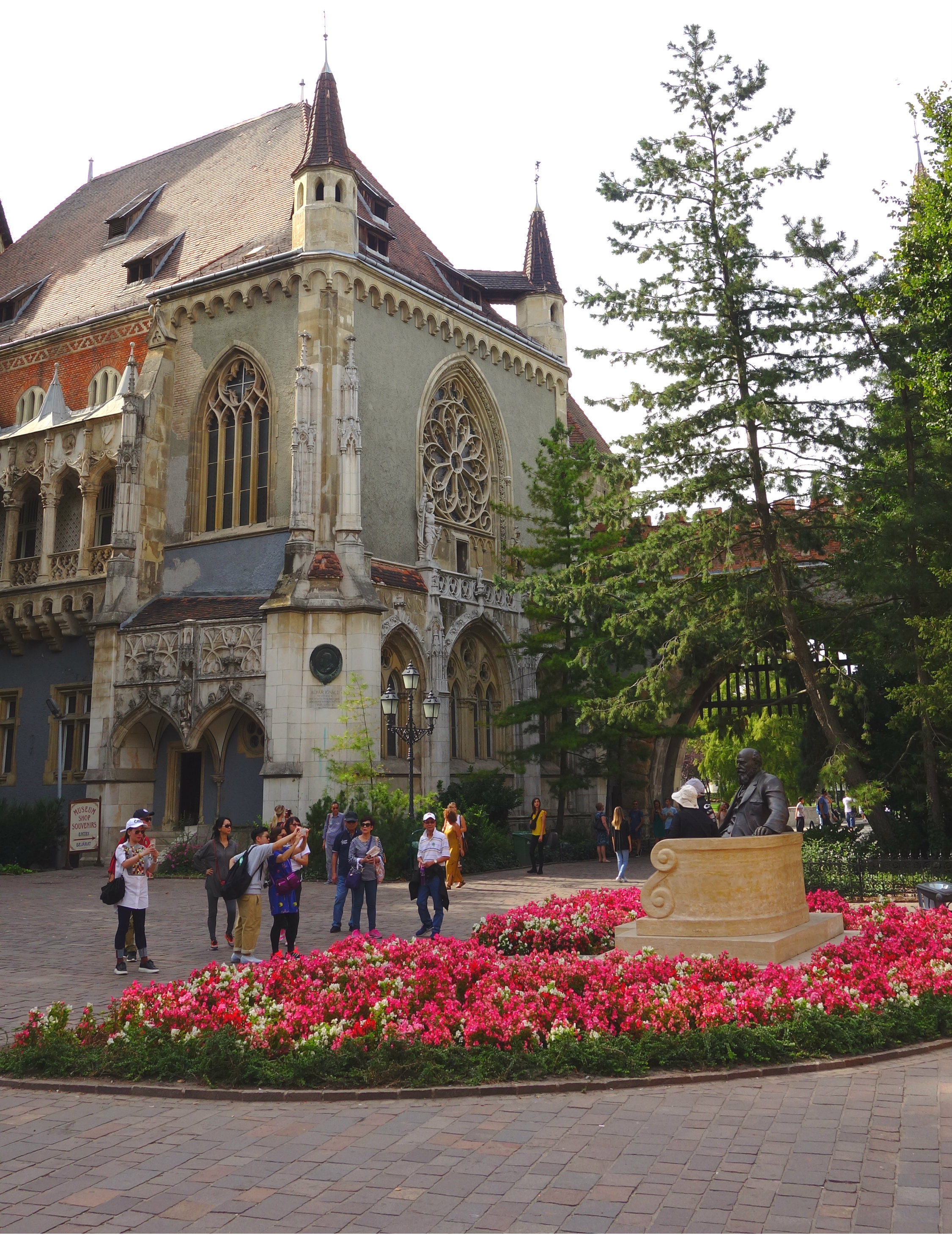
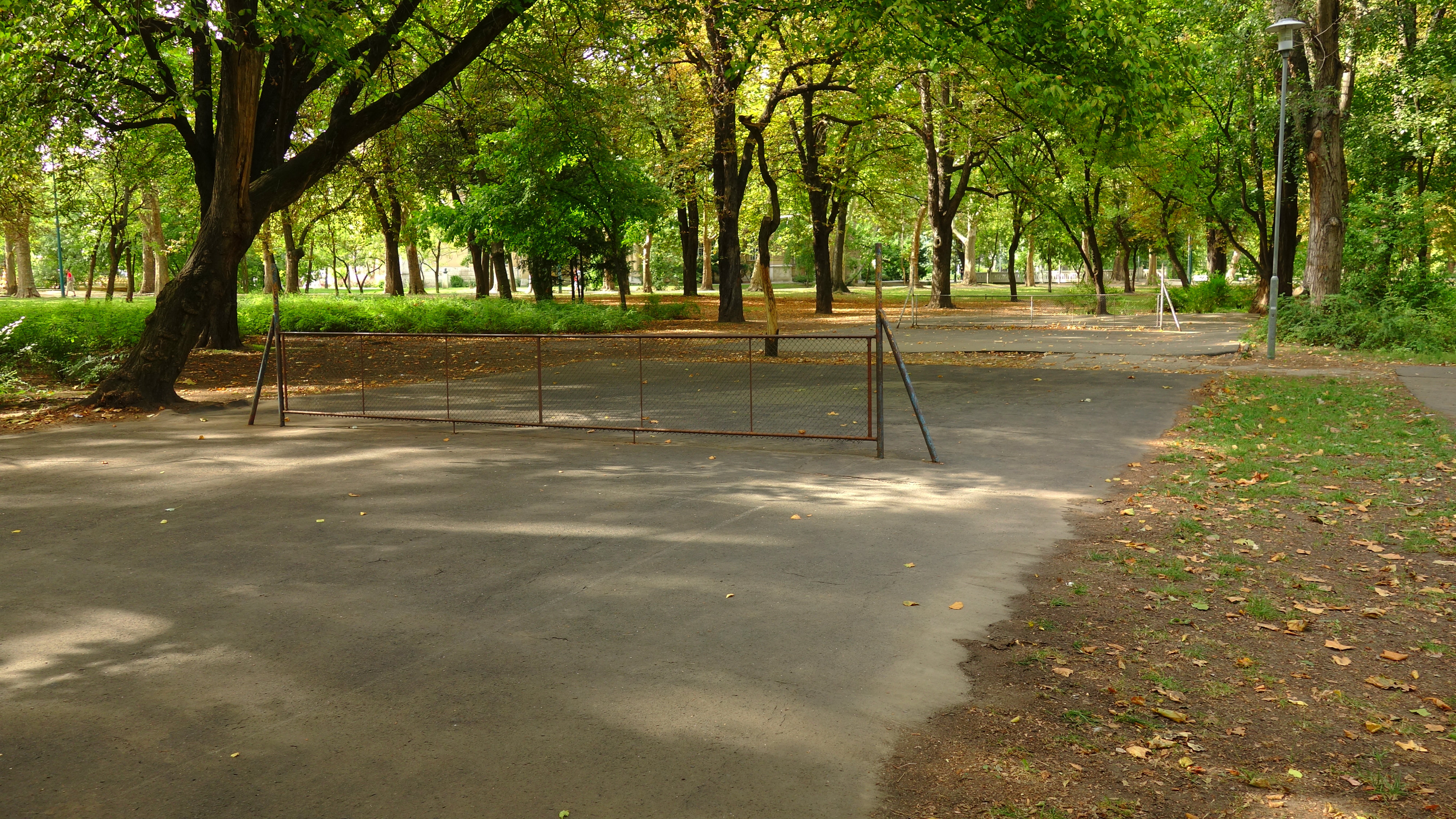


Leave a Reply